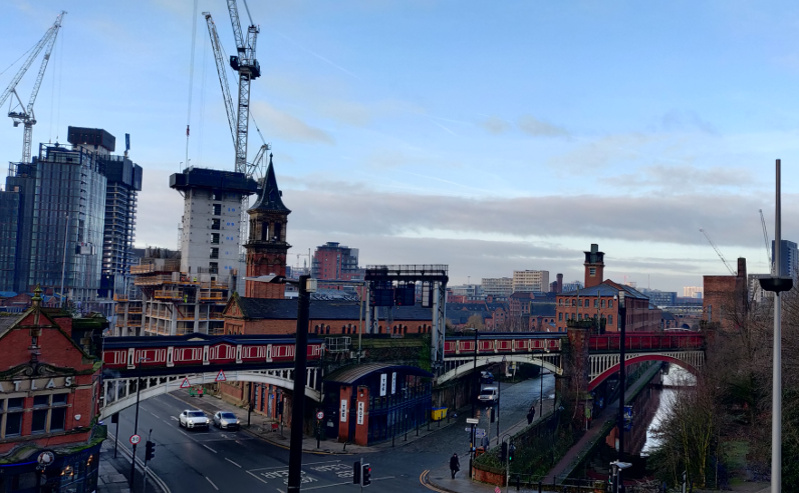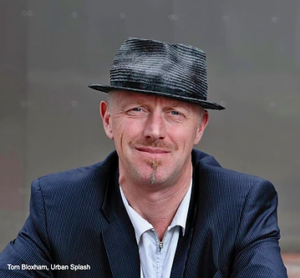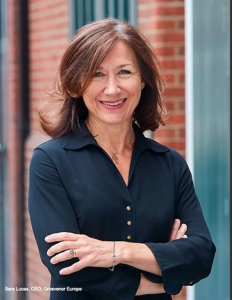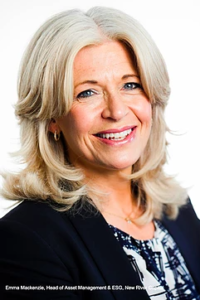
03 Dec People-centric places – starting with the end user
PLACE is the new placemaking Virtual Property event for property leaders. We tuned in for the launch event and you can read a summary of the keynote below.
This thought-provoking session explored whether there has been a shift within the property sector to delivering social value on projects as opposed to stakeholder value.
Joining the discussion was Sara Lucas (Grosvenor), Tom Bloxham (Urban Splash), Polly Plunket-Checkemian (MAPP) and Emma Mackenzie, New River Capital.
The approach of the property industry is changing from being about those who release value from development sites, for example, occupiers, retailers and residents to now thinking about the broader communities; those who may live outside the development but face onto it, travel through it or use its amenities.
To date, this group of people has been missed and there is now a recognition that it is about engaging these broader communities, who aren’t necessarily paying for the development, so they become as connected to the place as those that are.
It shouldn’t be hard to create places that people want to live in
Tom Bloxham from Urban Splash, a company best known for converting historic mill buildings in Manchester into housing suggests a simple sense-checking when it comes to new developments.

Tom Bloxham, Urban Splash
Asking his team if they want to live or work in the planned development is a simple test as to whether this is the right project/approach for an area. They also consider what they can bring to developments to foster community. In New Islington, in Manchester, the development includes a marina, free school, a public park and support was provided to start a doctor’s surgery. These additional amenities go a long way in building a community and make it more attractive.
People say they want: well-designed places, beautiful architecture, high ceilings, big windows, south-facing gardens, somewhere to sit out in the sunshine, a bit of water or parks, mixed uses, local shops, good streetscape, near transport hubs so as not to rely on cars.
Tom Bloxham, Chairman & Founder, Urban Splash said, “None of this is particularly complicated or difficult. It takes a lot of thought, a lot of hard work and a lot of working in partnership but you have to start with a vision about making places that are brilliant places, places that you want to stay in, work in, walk in and live in and if you can do that, other people will follow you and you will be successful.” He also doesn’t see a conflict between financial success and making great places.
Building for the long-term as custodians of the place
Sara Lucas discussed how Grosvenor are looking to reconcile the tension between releasing the money (financial value) and the longer-term good (social value). Grosvenor feels that they are in a good position, with hundreds of years of history, acting as custodians of a large estate that they manage with a long-term view.

Sara Lucas, Grosvenor
With this in mind, she felt that there doesn’t need to be this tension between financial and social value and that it can be viewed mainly as a short period of tension around pricing but that in reality, the two are increasingly coming together.
To be grounded in an area and offer long-term value, there is a need to build developments that will last but that can also be adapted as for example, retail changes as larger-scale events such as COVID happen.
As developer and manager of Liverpool ONE, a city centre development comprising of a shopping centre, transport hub, park, leisure and offices that saw a remodelling of a large part of Liverpool’s streetscape, Grosvenor had a focus on social value from the start and has built a strong relationship with Liverpool City Council.
Having long-term ownership and investment in their sites, it is easier for Grosvenor to think about how they can adapt them in anticipation of changes taking place rather than perhaps waiting for them to happen. For example, in Sweden, Grosvenor is in negotiations with the principalities to understand what their needs are within the local community and becoming involved in financing schools and healthcare within Grosvenor-owned shopping centres.
Sara ended by saying that “We should be building for the long-term – adaption and quality is key over time. How do we tie everyone into a win-win situation? If we understand what we need and work together to achieve it we will get a much better result.”
Building for the long-term whilst extracting value and creating debt
In focusing on the people who will use the developments, Tom gave an example from Manchester (not an Urban Splash development) where new-build high-rise residential developments are sold with a 125-year lease. This sees the financial value being taken out of the development at the start, leaving the leaseholders with the costs to bare later given the costs attributed to the lease will be longer than the life of the building. There was a strong view that the development should be built for the occupiers rather than the investors.
Tom’s view was that “We should leave the city much more beautiful than we found it.”
With the shorter lifespan of high-rise developments, when compared to a Georgian terrace or a thatched cottage there’s a sustainability argument that this is not a good way to develop ie. 1960’s concrete buildings are being demolished but they are not being replaced with a long-term alternative.
Tales from The High Line
Polly Plunket-Checkemian of MAPP highlighted the development of The High Line in New York, a public park on the West Side of Manhattan built on a historic, elevated rail line. It was planned to create connected, healthy neighbourhoods while providing a new view of the city.

Polly Plunket-Checkemian, MAPP
However, when it opened there were concerns that the people that were using it were not the people living near it. There was a discussion as to whether the community around it had been involved in the creation of The High Line. Polly said “We need to build what the community want”.
There was agreement from all on the panel that there is no (one) such thing as a community as it can be many things and recognising that it may not be the loudest objectors who are the voice of the neighbourhood.
Public-private partnerships need to be successful.
Emma Mackenzie from New River discussed how placemaking can be a blank space when it is under single ownership.
Pre-COVID there was already (in some places) a lack of confidence in town centres which led to a lack of investment which quickly leads to a deprived environment.
There is widespread agreement that there is too much physical space on the high street and whilst retail is still important, multi-functional places are the ones that will serve people best.

Emma Mackenzie, New River Capital
The private sector can bring about change in these circumstances but the public sector has the leadership to harness different sectors and pull a place together.
Emma said, “There is a need to build trust between the private and public sectors, to be an open book with each other to try to get to the end position which in most cases is a better result for the people that live there.”
As a listed business, New River doesn’t see a problem with returning investment to shareholders and feel that a strong partnership with the public sector can balance this.
The next edition of PLACE happens online 4-5 February 2021 – find out more on the website

